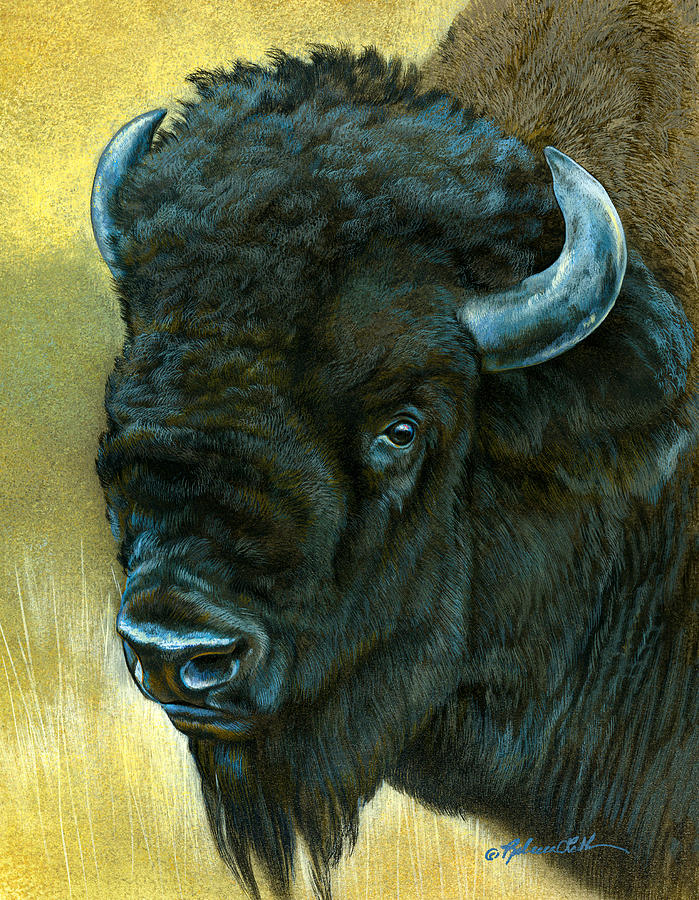There is a quiet truth that realism in art seeks to uncover—an unfiltered glimpse into the lives of creatures whose worlds hang in delicate balance. In fragile environments, where survival is dictated by the most intricate of relationships, realism does not simply depict; it illuminates.
Every brushstroke becomes a study in resilience. The soft reflection of a heron in the shallows speaks to a landscape dependent on untainted waters. The rough texture of a caribou’s fur—its wear from harsh seasons—reminds us of the unseen struggles endured beneath vast northern skies. These details matter, because in them lie the signs of fragility.
Through realism, patterns emerge. The thinning coat of a lynx in an environment where food is scarce, the wary stance of a fox in a land where natural cover has diminished—each subtle shift in the landscape is written into their form. These are not simply aesthetic details; they are messages, warnings woven into the natural world.
There is power in seeing these truths as they are. A species in a fragile environment cannot afford illusion—it must adapt, it must persist, or it will fade. And when we paint them as they stand, in their reality, we acknowledge that struggle. We recognize their place in a landscape that must remain whole for them to endure.
Realism in art serves as more than representation. It is a bridge, a way for us to understand what is often overlooked. To see a creature as it lives—not idealized, not imagined, but as it exists—is to appreciate its vulnerability, to grasp the urgency of its survival.
If we can truly see them, then perhaps we can also learn to protect them.
